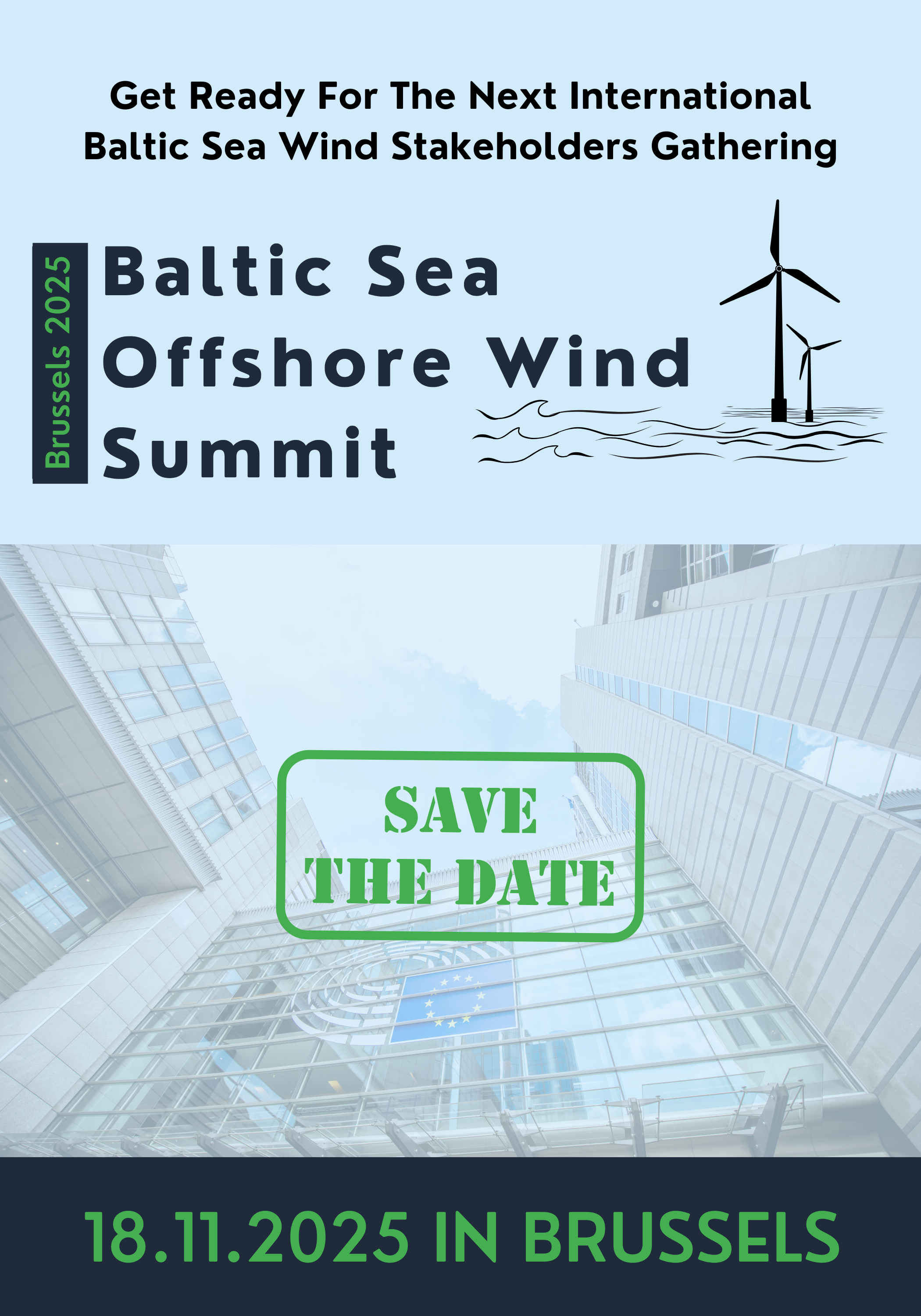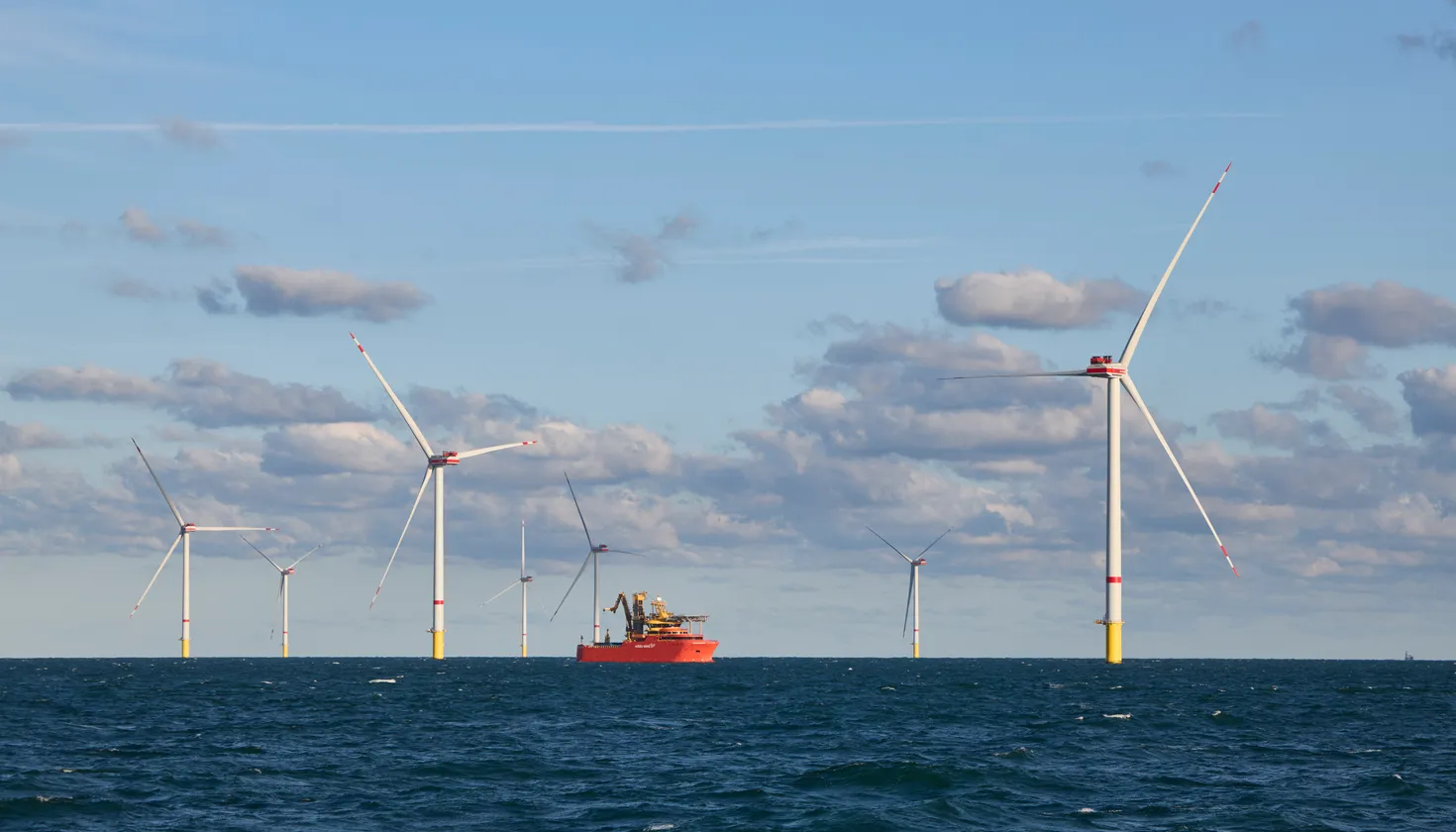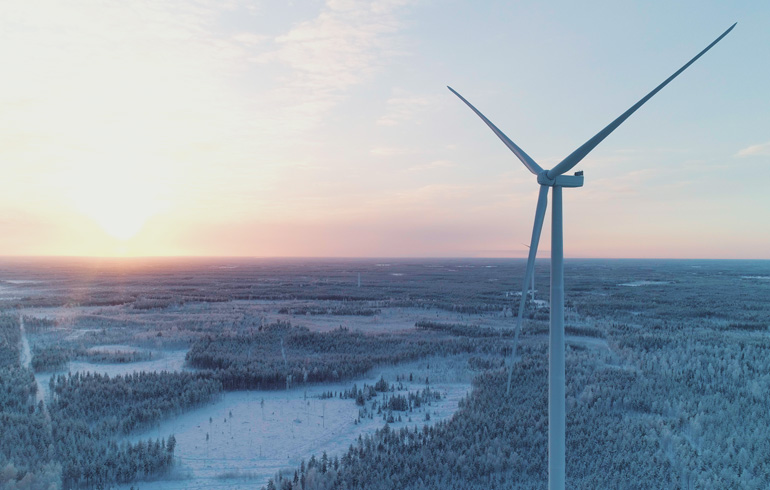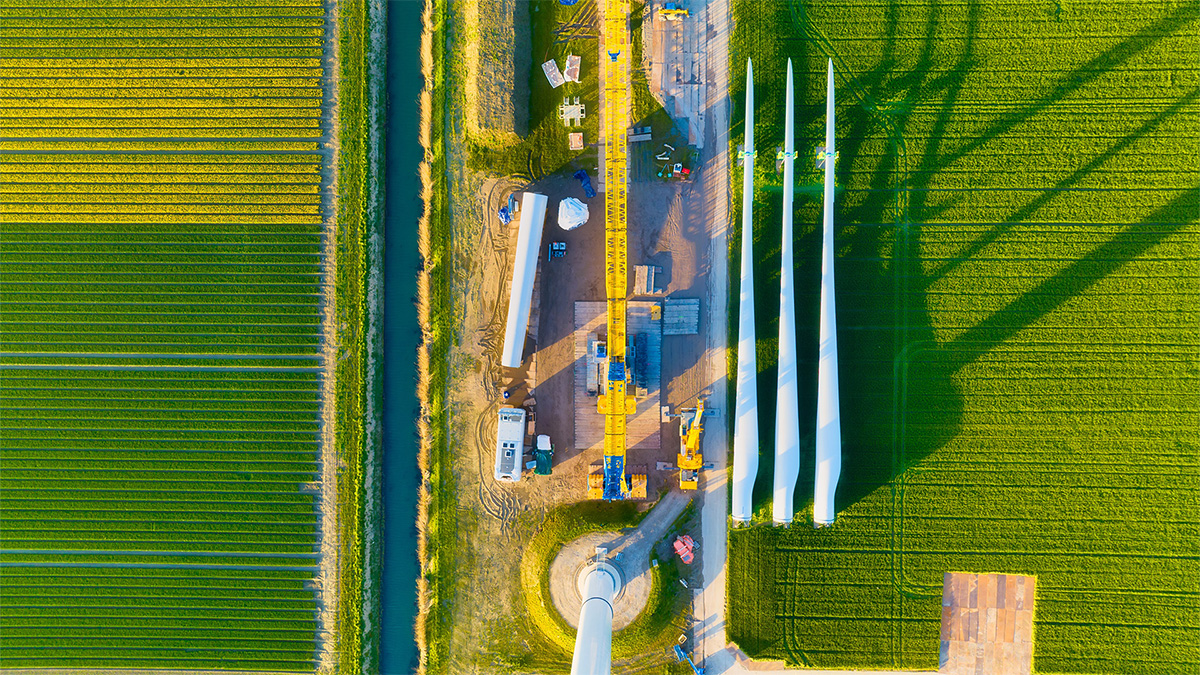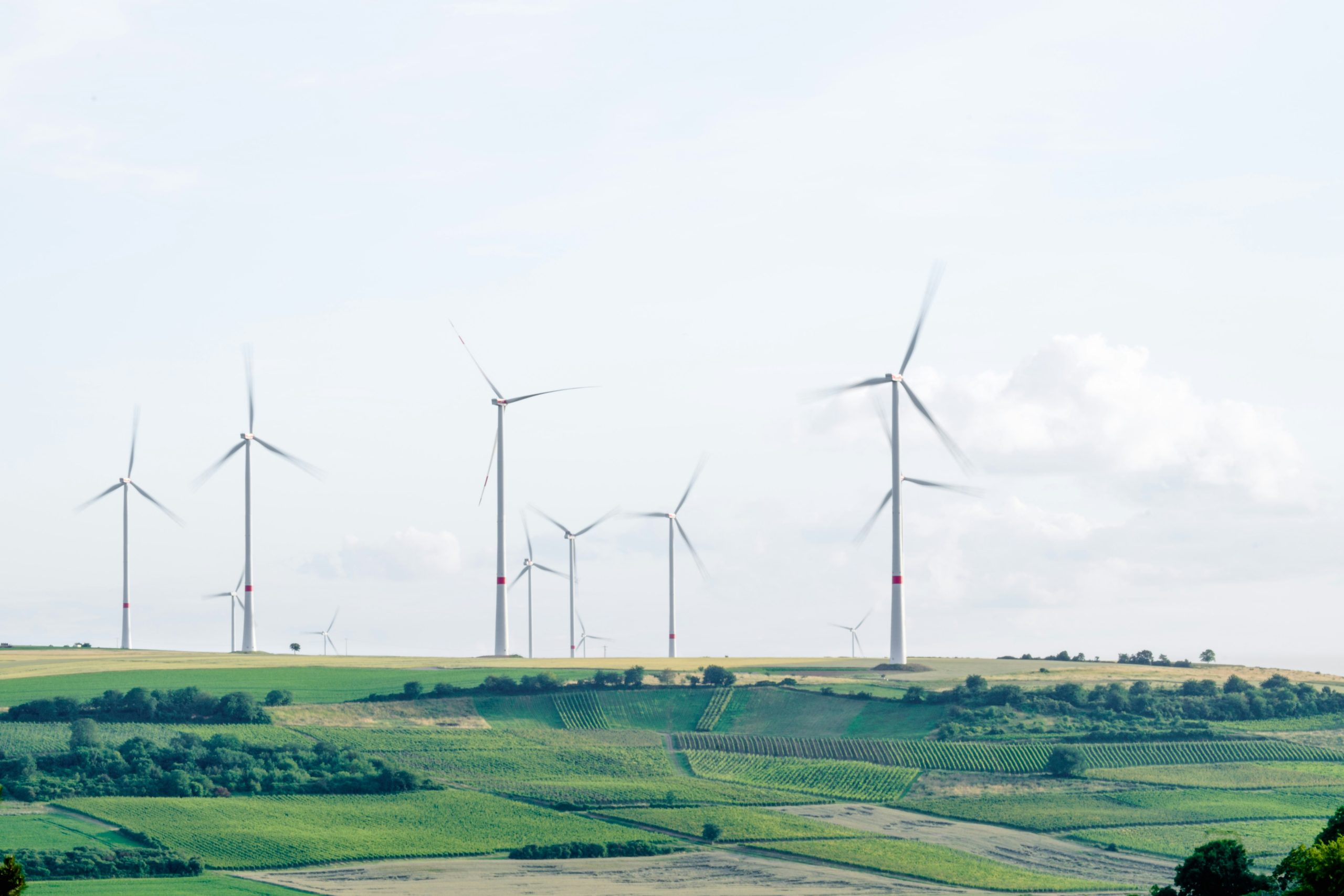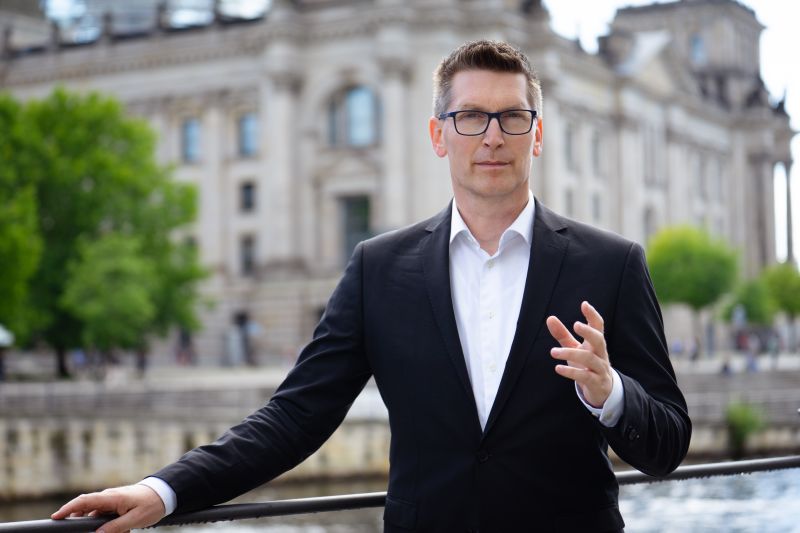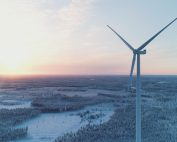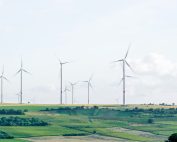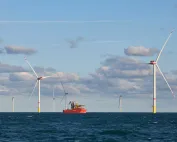Two onshore power stations, cable routes connecting the coast with the energy infrastructure, and a service base in Łeba – construction has begun on the onshore infrastructure for the Bałtyk 2 and Bałtyk 3 offshore wind farms developed by Equinor and the Polenergia Group. Following the final investment decisions made in May this year and the closing of a record-breaking project financing deal in the history of the Polish energy sector, one of the largest energy projects in contemporary Poland has entered the implementation phase. As a result, by 2028, clean renewable energy from the Baltic Sea will flow to over 2 million Polish homes, supporting Poland’s energy transition. At the same time, Polenergia and Equinor have prepared the Bałtyk 1 farm, the largest and most advanced project of the second phase of offshore wind energy development, to participate in the offshore auction planned for December this year. The pre-qualification application in this matter has already been submitted to the Energy Regulatory Office.
Almost 200 people took part in a ceremony held on 26 June in Warsaw to celebrate the key decisions to commence construction work on the onshore power infrastructure. The offshore part of the work will begin in 2026. Among the guests were representatives of the Polish government, parliament, public offices and institutions, the Norwegian embassy in Poland, industry organisations and associations, the financial sector and the media.
– What we will create together on the Polish coast is much more than just infrastructure construction, it is a new foundation for the economy of the future, one that is modern, clean and sustainable. Today, we are implementing the Bałtyk 2 and Bałtyk 3 projects, which symbolise a new era for the national energy sector. An era in which innovation goes hand in hand with responsibility for an energy-independent Poland, future generations and Mother Earth. Our farms are a stimulus for the development of Polish industry and offer great potential for the growth of domestic companies. In the first half of next year, we will begin installation work at sea on the Bałtyk 2 and 3 projects. However, for an effective energy transition, it is also necessary to resolve the offshore auction in 2025. We have a fully prepared Bałtyk 1 project, which, as the largest and most advanced phase II farm, can play a key role in maintaining the pace of green transformation and building a strong domestic industrial base for the offshore sector – says Dominika Kulczyk, Chairwoman of the Supervisory Board of Polenergia SA.
– Polish companies are already heavily involved in the implementation of our offshore projects, including as main suppliers, and key components for offshore wind farms are manufactured in many domestic plants. We want to further increase our contribution to the development of the domestic industry and invest in the development of Polish competences in the field of offshore wind energy. Based on our experience with Bałtyk 2 and 3, we have the ambition to achieve a local content level of up to 45% for the next project under development, Bałtyk 1. However, it is crucial to ensure investment continuity by concluding the auction this year – emphasises Michał Jerzy Kołodziejczyk, President of the Management Board of Equinor in Poland.
Work is currently in full swing on the construction of onshore infrastructure for the Bałtyk 2 and Bałtyk 3 offshore wind farms with a total capacity of 1,440 MW. Two onshore power stations are being built in Pęplin near Ustka. They are being constructed by Hitachi Energy, and a significant part of the advanced equipment for the stations will be manufactured at its plants in Łódź. The Polish company Erbud is also a key subcontractor for the construction work. At the same time, the construction of routes for power cables is underway. The onshore connection corridor will measure a total of approximately 14 km. Polish companies Enprom and Tele-Fonika Kable have been selected to manufacture the cables and prepare the special cable routes. Closer to the sea, near Ustka, drilling work is being carried out using horizontal directional drilling technology, which allows cables to be laid underground without the need for open trenches. Hanab is the contractor for this part of the investment, and the Polish company ZRB Janicki is responsible for the design. In Łeba, Erbud has started building an operational and service base that will provide support for offshore wind farms. The facility is scheduled for completion in the middle of next year. It will employ several dozen qualified specialists. Safety is a priority for Equinor and Polenergia, which is why they take the utmost care to ensure the highest standards during construction work.
Preparations for offshore work are also underway. This year, the Polish research company MEWO conducted an inspection of the seabed for potential unexploded ordnance and duds. Work will also soon begin on removing underwater boulders from the future route of the export cables. Installation work, including the driving of monopiles, is scheduled for the first half of 2026. Several dozen ships will be involved in the offshore installation campaign, including one of the largest vessels in the world, the over 200-metre-long Thialf. The first electricity from the Baltic 2 and Baltic 3 projects will flow in 2027, and commercial operation of the farms will begin in 2028.
The Bałtyk 1 offshore wind farm is also in the pipeline – the largest and most advanced project of the second phase of offshore development, for which the qualification process for the auction has begun – formal confirmation of compliance with the conditions. Bałtyk 1, which will have a capacity of up to 1,560 MW, has a connection agreement with the transmission system operator PSE and a valid environmental decision. The supply chain plan for the project is also ready. Obtaining building permits and making the final investment decision is planned for 2027, and the commercial phase will begin in 2032. In total, the three Bałtyk projects can supply green energy to over 4 million households in Poland.
Source: Bałtyk OWF


